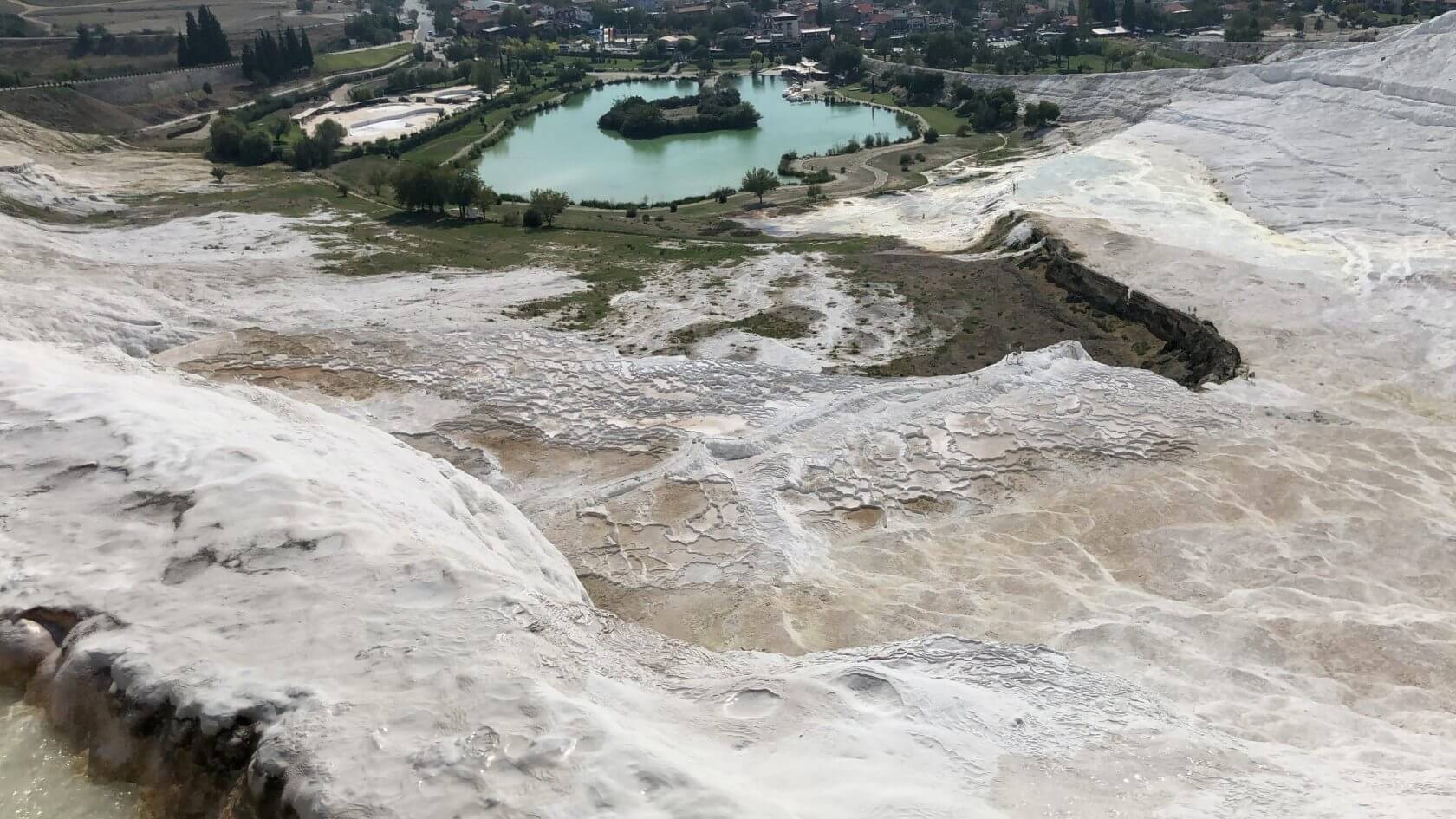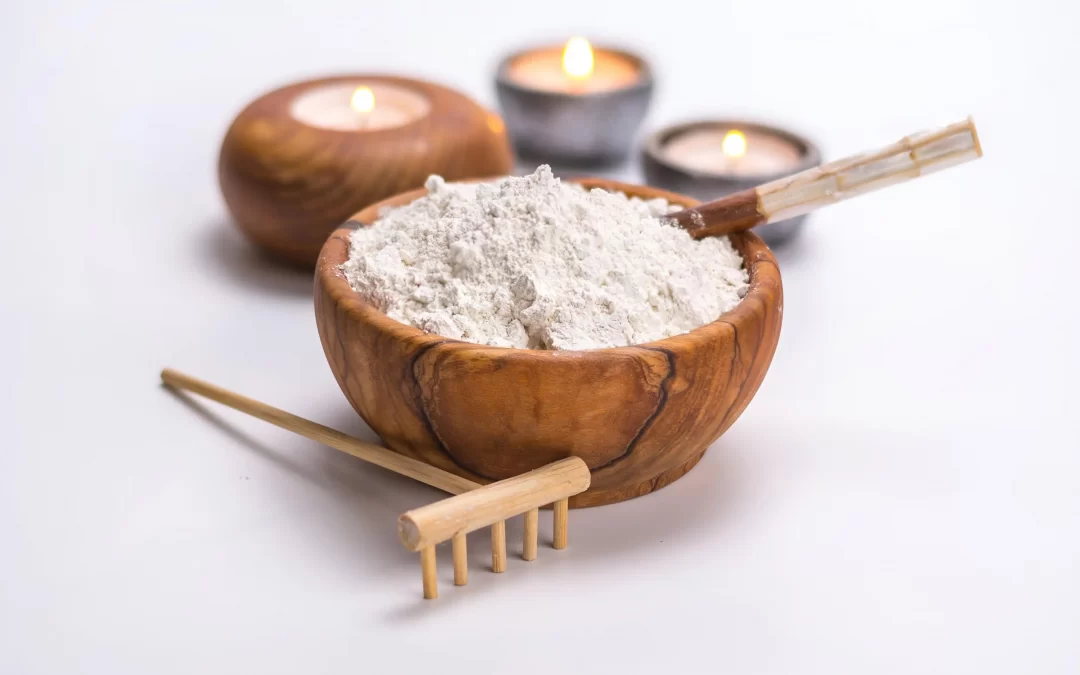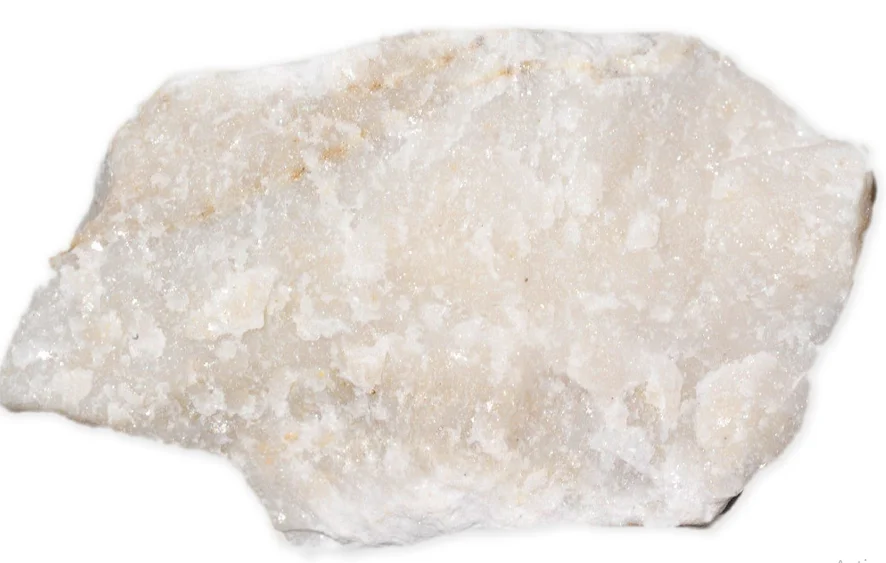GMCI obtains this product of high-quality and applicability from our surroundings by extracting the purest limestone rock.
And although its value and importance are well-known in the multi-sector, technology has made it possible to develop differentiated Calcium Carbonate such as Calcium Carbonate GCC 325, Calcium Carbonate GCC Pharmaceutical 8107, Calcium Carbonate Food Grade, and so on.
And it is precisely these products, and their differentiated properties, that have made it possible for them to be used in many other different sectors which are now benefitting from the application of Calcium Carbonate.
Let’s dig up more.
- Oral Care and Color Cosmetics:
The brightness and opacity of the calcium carbonates make them suitable for use in white and color cosmetics. They can even be considered as an extender of titanium oxide and act as a natural source of calcium. To meet the brightness, polishing, and opacifying requirements of the cosmetic industry, the calcium carbonates are available as limestone and marble based products. While marble-based carbonate exhibits high brightness, low oil absorption and low yellow index, limestone carbonate exhibits homogenous deposit, high brightness, higher yellow index and improved opacity.

These carbonates are produced under controlled, clean manufacturing conditions to reduced waste and the carbon footprint. The carbonates are also produced with a consistent particle size distribution, and different particle sizes are available to meet the needs of the formulator.
The calcium carbonates are recommended: to cleanse in toothpaste; as opacifying agents in eyeshadow, powder and foundation; and as fillers in lipstick, foundation, eyeshadow, powder and facial masks.
-
In Plastic:
Calcium carbonate forms a sort of skeleton structure inside plastic products and greatly improves the dimensions stability of plastic products. It can improve product hardness, electrical performance, flame retardant performance, heat resistance, and processing performance. It also can improve products’ luster and surface regularity.

Adding carbonate can increase the warmth resistance of ordinary plastic products. And since it’s a whiteness in more than 90%, carbonate can function a whitener in situ of costly white pigments. Taking the manufacture of PVC products as an example, the rational use of heavy carbonate can increase heat resistance, rigidity, size stability, and workability. In addition, the utilization of small quantities of sunshine carbonate can increase the lastingness of PVC products. The addition of too great an amount of carbonate to PVC products can hurt product quality, and therefore the use of poor quality carbonate can greatly reduce product quality. The addition of comparable quantities of ordinary carbonate, superior carbonate, and inferior carbonate will yield PVC products with completely different performance.
-
Leather Tanning:
Tanning is the transformation of any animal skin into the leather in such a way that it gives it certain physical, chemical, and biological properties. To carry out this process it’s necessary to use acidic media that has got to be neutralized afterward, so both carbonate and Dolomite are employed.

Adding carbonate can increase the warmth resistance of ordinary plastic products. And since it’s a whiteness in more than 90%, carbonate can function a whitener in situ of costly white pigments. Taking the manufacture of PVC products as an example, the rational use of heavy carbonate can increase heat resistance, rigidity, size stability, and workability. In addition, the utilization of small quantities of sunshine carbonate can increase the lastingness of PVC products. The addition of too great an amount of carbonate to PVC products can hurt product quality, and therefore the use of poor quality carbonate can greatly reduce product quality. The addition of comparable quantities of ordinary carbonate, superior carbonate, and inferior carbonate will yield PVC products with completely different performance.
Also read: https://www.gmciltd.com/paint-coating/
• In Paints and Coatings:
Ultrafine carbonate utilized in paints and coatings features a spatial steric effect. It can partially replace titanium white (the widely used white pigment titanium dioxide has high whiteness and a high index of refraction, plus stable physical and chemical properties) and lithopone (a compound pigment containing zinc sulfide and barium sulfate) so as to chop costs. The addition of ultrafine carbonate to color can cause the relatively dense lithopone to remain in suspension and not sink to rock bottom.

It can increase the whiteness and luster of the paint film without reducing covering ability. These performance-enhancing qualities have ensured the large-scale acceptance of ultrafine carbonate by the paint industry. It can prevent settling in latex paints, and may reduce the quantity of dispersant needed. The use of ultrafine carbonate that has been activated by treatment with a chelated paint dispersion and coupling agent can significantly increase the paint’s color intensity and reflection, and thereby enhance the luster, and also improve covering ability, abrasion resistance, adhesion, impact resistance, and adaptability . Ultrafine carbonate is employed even more extensively within the aqueous paint industry. It can prevent pigment settling, promote good dispersion, and improve luster. Typically 20%-60% ultrafine carbonate is employed in aqueous paints.
• Automation Industry:
Coated varieties of Precipitated Calcium Carbonate are used as rheology modifiers in a wide range of sealants, and especially in formulations of PVC plastisol’s which are applied in the automotive industry. Its use significantly simplifies the planning of latest formulations because of its easy dispersion, high yield value, and low viscosity.
• Printer inks:
The fine grain size of PCC helps to improve the optical and rheological properties of different printer inks. Moreover, it can also improve their surface finish.
Also read: https://www.gmciltd.com/pharmaceuticals/
• Pharmaceuticals and in foodstuffs:
Our product, in addition to being used as an additional natural source of Calcium (food supplement), is an effective acid neutralizer used in the production of wine in cold zones or with acid harvests. Its properties mean that it does not give any unpleasant taste to the enriched calcium formulas when it is added (drinks with added calcium

Also read: https://www.gmciltd.com/rubber/
• Calcium Carbonate in Rubber:
Calcium carbonate already features a long history of use in plastic and rubber. Its use can cut costs, and it can improve the warmth resistance, size stability, and hardness of the bottom material. Calcium carbonate is that the filler first employed by the rubber industry, and remains utilized in the best quantity. Adding large amounts of carbonate to rubber can increase the product’s volume, which conserves the utilization of pricy natural rubber and thereby cuts costs. The addition of carbonate to rubber increases lastingness, abrasion resistance, and tear resistance even quite does vulcanization. Calcium carbonate also features a significant reinforcing effect in both natural and artificial rubber, and may improve consistency.

Calcium carbonate is employed in such small rubber products as oil seals and auto parts, and also in such large products as tires, tape, and rubber hoses. Not only is carbonate used alone as a reinforcing filler, when needed, it’s going to even be used alongside such other fillers as lampblack, white lampblack, clay, and titanium white to realize reinforcing, filling, coloring, improving workability, enhancing product performance, and reducing latex content. Calcium carbonate can also partially replace such more-costly white fillers as white lampblack and titanium white.
• In Papermaking Industry:
Calcium carbonate is usually utilized in conjunction with kaolin in papermaking; it can increase the luster, whiteness, opacity, and ink absorption of paper. The shift from acidic to neutral sizing methods within the papermaking industry has greatly increased demand for carbonate. Calcium carbonate is chiefly used as a surface coating within the neutral

papermaking process, and is additionally used as a filler to chop expenses. It is further used as a buffering agent and to add structure. Thanks to its good dispersion and low viscosity, carbonate are often used as a partial replacement for clay. It can effectively improve paper’s whiteness and opacity, enhance smoothness and softness, improve ink absorption, and boost ink retention. When utilized in coatings, ultrafine heavy carbonate offers better whiteness, ink absorption, and air permeability than kaolin. It is suitable to be used in base and surface coatings used on white cardboard and copper printing paper, and increases corrosion resistance, durability, and strength. It can significantly enhance the whiteness and smoothness of paper, reduce production costs by lessening the need for glue and whitener, and improve paper’s printing performance.
“Large scale mineral mining industry ensuring the supreme quality for a brighter tomorrow”
Our aim has been to show you just a few of the applications of Calcium Carbonate but there are many others we have not mentioned, some well-known, as well as others still to be discovered.
If you have any doubts concerning the suitability of this product in your sector, contact the GMCI who in addition to being able to provide you with samples of our products, will provide personalized advice on their use and even develop the acceptable product for your needs.
Because GMCI products come from the environment where we aim at serving the high-performance minerals while emerging as a leader in the mineral manufacturing industry in the global market. Our mission is to expand our business worldwide while staying true to our core values. We are marching ahead with the objective of delivering cost-effective solutions and international consumer satisfaction.





